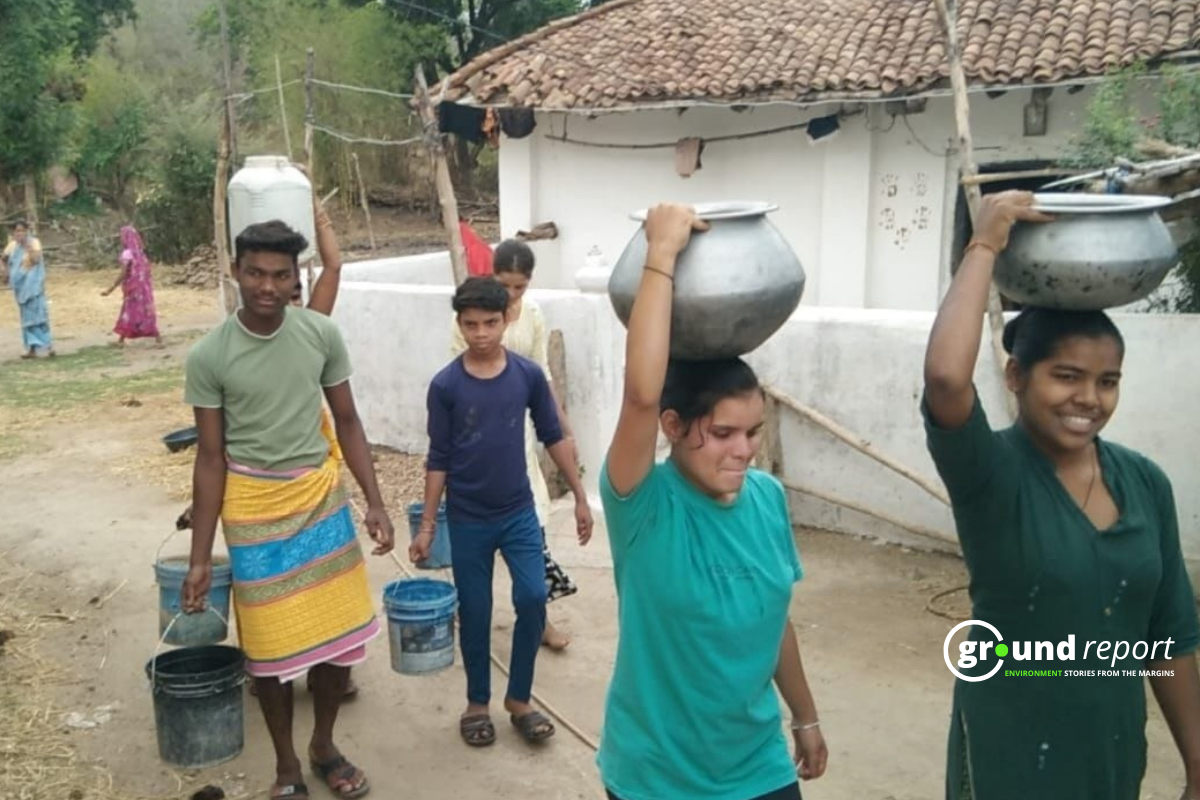India’s agricultural sector faces a challenge as a prolonged monsoon threatens kharif crop production. The India Meteorological Department (IMD) reports that this year’s monsoon, usually retreating by mid-September, may last until late October, raising concerns among farmers and experts.
Unprecedented rainfall
According to IMD data, monsoon rainfall has exceeded the normal average by 7% nationwide as of September 10. Western regions experienced a 26% increase, while central India and the northwest saw 18% and 8% above normal levels. However, the east and northeast lag, with monsoon rain 15% below normal.
“Due to La Nina, rain may continue until late October,” an IMD spokesperson stated. “It’s expected to become active in mid-September.”
The extended monsoon is affecting kharif crops, also known as monsoon crops, especially soybean, paddy, maize, cotton, and pulses. Farmers in Madhya Pradesh report excessive September rainfall has damaged 15-20% of the soybean crop.
Impact on crop production
Soybean harvesting in Madhya Pradesh, starting September 15, may be delayed. “Harvesting machines can’t operate in wet fields,” explained a local farmer. “If the rain continues and the crop remains standing, the soybean quality will be affected.”
The pulse situation is concerning, with waterlogging in low-lying areas causing significant damage. If current rainfall patterns persist, all crops except paddy are expected to suffer further losses.
The Ministry of Agriculture reported that 408.72 lakh hectares of paddy were sown in 2024, up from 393.57 lakh hectares the previous year. However, excess moisture in harvest fields may negate the benefits of this increased sowing area.
What’s reason behind monsoon change?
Climate experts attribute the extended monsoon to slowed southwest monsoon onset and withdrawal, resulting in heavier-than-expected rainfall in northern and western India. Warmer ocean temperatures and atmospheric changes are increasing moisture levels, resulting in heavier downpours and flooding. El Nino and La Nina events further amplify this volatility.
The current La Niña event is expected to bring prolonged soil moisture, potentially extending rainfall until mid-October. La Niña events are characterized by stronger trade winds pushing warm water towards Asia, leading to increased rainfall.
“La Niña usually occurs after the monsoon,” noted a meteorologist from the European Centre for Medium-Range Weather Forecasts (ECMWF). “It brings a sharp drop in temperatures and increased rainfall, raising concerns about an extreme winter ahead.”
Dr. Ravi Kumar, a climate scientist at the Indian Institute of Tropical Meteorology, explained, “We’re seeing a clear shift in monsoon patterns due to climate change. Warmer ocean surface temperatures are increasing atmospheric moisture, resulting in more intense and prolonged rainfall.”
Unpredictable rainfall patterns have affected crop production. Between 2015-16 and 2021-22, hydro-meteorological disasters like floods and heavy rainfall damaged 33.9 million hectares of crops, according to the Ministry of Agriculture.
La Niña may impact winter, potentially bringing beneficial rain for Rabi crops. However, an intense winter could bring frost to the plains, which is detrimental to Rabi crops.
As India’s agricultural sector faces climate challenges, experts emphasize the need for climate-resilient practices and an overhaul of agricultural planning.
Support us to keep independent environmental journalism alive in India.
Keep Reading
The costliest water from Narmada is putting a financial burden on Indore
Indore’s Ramsar site Sirpur has an STP constructed almost on the lake
Indore Reviving Historic Lakes to Combat Water Crisis, Hurdles Remain
Indore’s residential society saves Rs 5 lakh a month, through rainwater harvesting
Follow Ground Report on X, Instagram and Facebook for environmental and underreported stories from the margins. Give us feedback on our email id greport2018@gmail.com.
Don’t forget to Subscribe to our weekly newsletter, Join our community on WhatsApp, and Follow our YouTube Channel for video stories.






